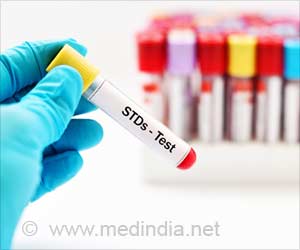Pathogens that cause gonorrhea is highly resistant to current treatments. Discovery of a pair of sensitive proteins may lead to new vaccine development.

TOP INSIGHT
The discovery of key proteins in gonorrhea causing pathogens could lead to the development of vaccine for this sexually transmitted disease.
More than half of infected women don't have symptoms, but those asymptomatic cases can still lead to severe consequences for the patient's reproductive health, including miscarriage or premature delivery, said OSU College of Pharmacy researcher Aleksandra Sikora.
Subjecting N. gonorrhoeae to the phenotypic microarray screening method for the first time, Sikora's team focused on seven proteins from the bacteria's cell envelope, which consists of the outer membrane, the cell wall and the inner membrane.
Phenotypic microarrays are a high-throughput system featuring plates with 96 wells per plate, each well representing a different condition under which to research the phenotypes -- the observable characteristics -- of the examined mutants.
The goal was to see which if any of the seven proteins would show strong potential as a vaccine antigen -- a molecule that sends the immune system into action. Vaccines prevent disease because the antigens they contain trigger an immune response that allows antibodies to recognize and attack pathogens to prevent future infection.
In all, more than 1,000 conditions were used to study the effects of knocking out each of the seven proteins.
Research team found 91 conditions that had uniquely positive or negative effects on one of the mutants, and a cluster analysis of 37 commonly beneficial compounds and 57 commonly detrimental compounds revealed three separate phenotype groups.
Two of the proteins, NGO1985 and NGO2121, showed extensive sensitivity to antimicrobial compounds and thus emerged as the most promising vaccine candidates. This study serves as a jumping-off point for further characterization of proteins in the cell envelope.
"Neisseria gonorrhoeae is a difficult bacteria to work with, and it's very diverse," said Sikora. "It has great genome plasticity -- there are huge variations between strains. Phenotypic screening allows us to see how similar and how different they are."
Source-Eurekalert
 MEDINDIA
MEDINDIA



 Email
Email








